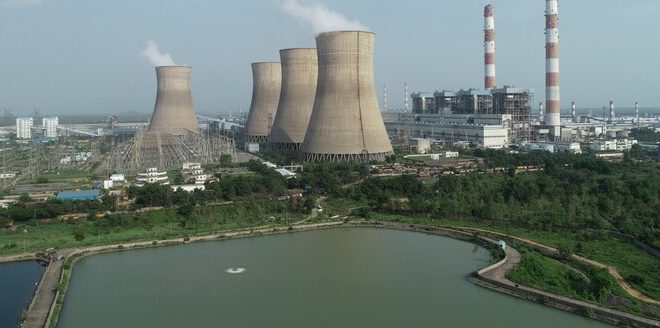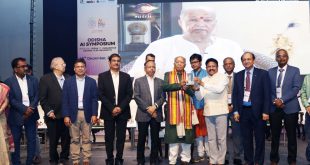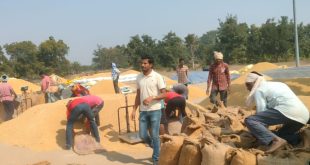Vedanta Aluminium, India’s largest producer of aluminium, is proud to declare that its Aluminium Smelter-I at Jharsuguda (Odisha) has emerged as a national benchmark in water efficiency amongst aluminium smelters in India. The smelter has substantially reduced its Specific Water Consumption (water consumed per unit of metal produced) by around 11% in FY22 over the previous fiscal, while producing more than 17,400 tonnes of aluminium over FY21.
Vedanta Aluminium’s Jharsuguda operations house one of the world’s largest aluminium smelting complexes, with two state-of-the-art aluminium smelters. Its Smelter-II (SEZ) has reduced its Specific Water Consumption by around 8% in FY22, while increasing production by nearly 2 lakh tonnes. On the whole, the site has recycled around 5 billion litres of water for inhouse consumption in the last fiscal. This is a significant step in the company’s commitment to turn its operations Net Water Positive by 2030.
Speaking about the company’s water management endeavours, Mr. Sunil Gupta, CEO – Vedanta Ltd., Jharsuguda, said, “Our water management endeavours are aligned to the UN Sustainable Development Goal (SDG) 6 of Clean Water & Sanitation. We, at Vedanta Jharsuguda, are on a mission to minimize our water footprint, while supporting the local communities in their water-related requirements and helping maintain the ecological balance. Emerging as the national benchmark in specific water consumption heartens and motivates us to redouble our efforts in this direction. Our journey towards making our operations water positive will ensure sustainability of our business and make available more water for local communities and biodiversity.”
Water management is an integral part of Vedanta Aluminium’s aspirations of ESG (Environmental, Social and Governance) excellence. It is underscored by the governing principle of Zero Liquid Discharge, which ensures that all liquid generated at its operations is contained, processed and reused inside the plant itself. Vedanta Aluminium follows a 4-pillared approach to sustainable water management
 Update Odisha-Latest Odisha News I Breaking News Get latest news on Odisha, Govt. Jobs, OSSC, OPSC, Entertainment, Crime, Sports, and Education
Update Odisha-Latest Odisha News I Breaking News Get latest news on Odisha, Govt. Jobs, OSSC, OPSC, Entertainment, Crime, Sports, and Education



